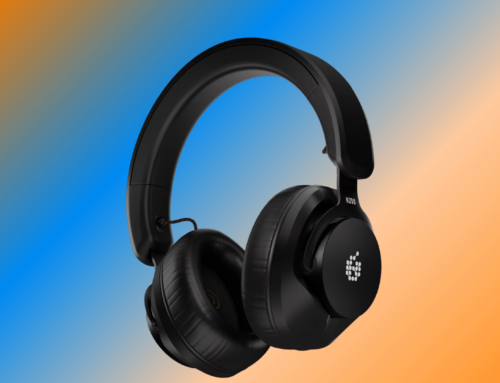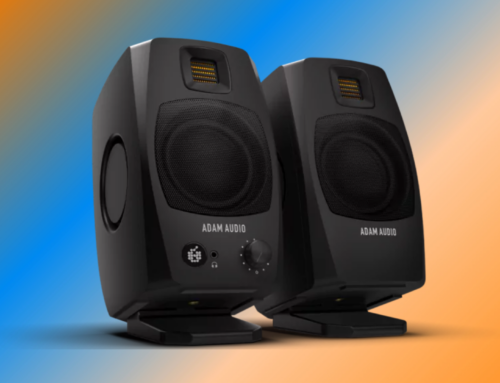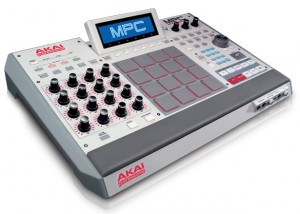 If you’re a producer of any kind of electronic music, particularly Hip-Hop, the Akai MPC name will be instantly recognizable to you. The looming beige monolith has held pride of place on the desk of any notable producer you’d care to mention. But bulky and expensive hardware devices all took a hit as the Age of the DAW dawned. Unlimited polyphony and vast sample libraries were just too tempting for most bedroom producers, especially those that didn’t have four figures to drop on a comparatively primitive beatmaker.
If you’re a producer of any kind of electronic music, particularly Hip-Hop, the Akai MPC name will be instantly recognizable to you. The looming beige monolith has held pride of place on the desk of any notable producer you’d care to mention. But bulky and expensive hardware devices all took a hit as the Age of the DAW dawned. Unlimited polyphony and vast sample libraries were just too tempting for most bedroom producers, especially those that didn’t have four figures to drop on a comparatively primitive beatmaker.
Now, it would appear the old masters have regrouped and returned with a couple of products aimed squarely at the DAW-based producer.
MPC Renaissance
The “Ren” is a hardware controller designed for use with Akai’s own MPC software. It allows your computer to act as the Renaissance’s “guts” allowing for larger sample-banks and much quicker editing of sample patches.

The Renaissance’s physical component is a throwback to the styling and interface of the MPC 3000. Fans of the original will get all dewy-eyed when they see the thick rubber drum pads with their LED surrounds that change color according to the velocity of each note event. The iconic tilting display is also a welcome returning feature from the original design. It reflects the intended use of the Renaissance, it should take pride of place as part of a studio setup, so the angled display allows you to see it clearly whether you’re sitting in front of it like a keyboard, or standing over it, performing your parts.
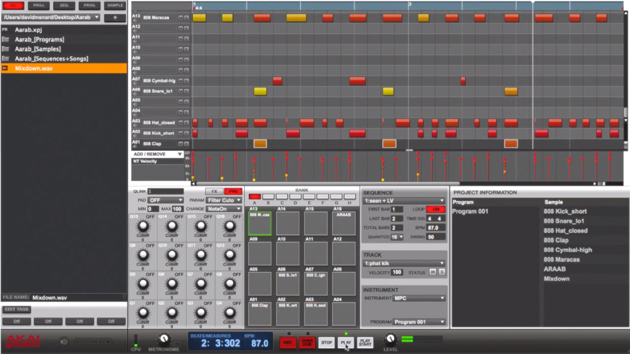
The unit itself is roomy, robust and sturdy with a combination of aluminum and rubberized plastic giving it a solid, weighty feel. The controls are nicely spaced out and focus on comfort and ease of use rather that being compact. The knobs are tall and tapered, and the jog-wheel is broad and chunky, allowing for quick spinning and fine selection. There’s also a full compliment of connectors around the back. Four balanced jack outputs, two jack / XLRs with +48v phantom power, phono inputs, two headphone jacks, SPDIF ins and outs and two pairs of MIDI ins and outs.
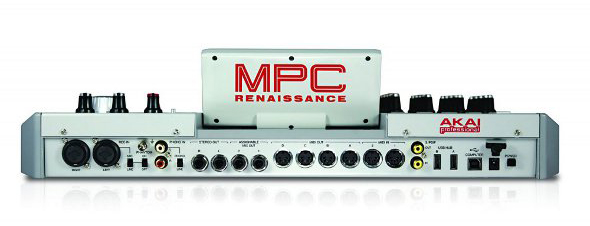
It’s not without its faults at the moment though, there is noticeable lag when using the MPC as a VST plugin, though it works fine in standalone mode, which can be recorded directly into a DAW. These are all software-based issues though, and will likely be resolved soon with a downloadable update.
MPC Studio
If the Renaissance is Akai’s heavyweight champion, then the Studio represents its welterweight offering. The Studio is a response to the growing number of mobile producers around. It’s a slimline, lightweight, compact version of the MPC, designed to be slipped into a backpack or messenger bag, allowing you to lace some beats in the park or on the platform at the train station.

As you might imagine, the feature set has been slimmed down too, but that’s to be expected with such a dramatic weight-loss program. There’s no sloping control surface, no tilting display. At only an inch thick, the Studio is not far off being two-dimensional. It uses the same software as its bigger brother, so all the features are still available there, the only difference is what you’ll be able to manipulate in real-time via the controller. The rotary controls are flat and shiny, presumably to prevent any protrusions being sheared off while in transit. This is obviously a practical choice that makes a lot of sense, but the purely aesthetic decision of painting the dials a glossy metallic silver can make them a little slippery and unwieldily during use. This is a shame as they really are integral to the use of the MPC, particularly the master jogwheel. There are similar issues with the buttons, they are made of a softer rubber than on the big guy, and this means that if you’re pressing and holding them, it’s possible for the corners to slip under the casing and get stuck. They’re little annoyances, especially when this unit is designed for home or studio use, but they seem like silly oversights from the company that practically invented this type of controller.

In conclusion, Akai is clearly making a big push to catch up to its competitors, namely Native Instruments’ Maschine. They’ve released a number of controllers recently, including an iPad app called iMPC. There’s still some work to be done perfecting the marriage of hardware and software, but fortunately, the majority of the issues are on the software side, so you needn’t be overly concerned about investing in flawed hardware. Software updates will likely make this new MPC range a force to be reckoned with.


